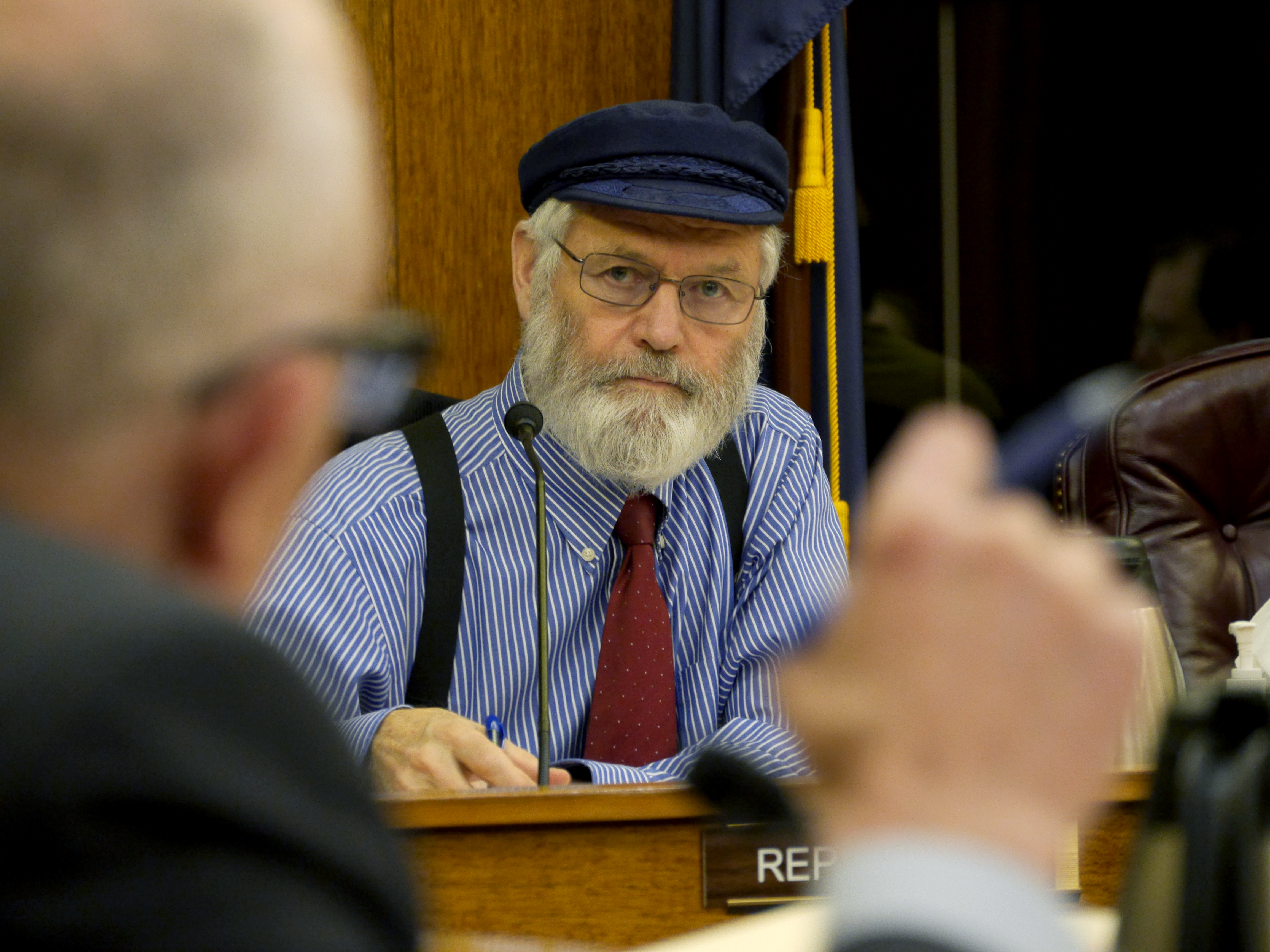
Alaskans would pay more in property taxes if the state government cuts the amount it pays to offset the debt to build schools.
A House committee included a $48.7 million cut in state aid during a step in writing the state budget Tuesday.
The state government historically paid 60 percent to 70 percent of the cost of bond payments to build schools, with local property owners footing the rest of the bill.
Homer Republican Rep. Paul Seaton proposed cutting the state payment in half. He noted the state has a $2.7 billion gap between what it spends and raises in oil royalties, taxes and fees.
He would rather cut spending on bonds than on teachers and other classroom costs.
“I think that everybody has been talked to and knows that education, K-12 education, is one of the biggest components of our budget,” Seaton said.
Fairbanks Republican Rep. Steve Thompson said communities will have no choice but to either raise property taxes or make cuts to other services.
“This was like a contract with our constituents saying, ‘OK, state, you pay this much, and we’re going to pay the difference,’” Thompson said. “Now we’re going to shove it back onto the communities.”
Gov. Bill Walker vetoed a quarter of school debt payments after the Legislature failed to pass a comprehensive plan to balance the budget in the long term last year. This prompted an outcry from local school and municipal officials, who hadn’t budgeted for the cuts.
While Walker didn’t include the cut in this year’s budget proposal, Seaton said passing it now gives communities time to plan ahead.
Anchorage school superintendent Deena Bishop said all school cuts present bad choices, but the debt payment cut affects only those who live in boroughs.
The state pays all school debt in the Unorganized Borough.
“It’s the ugly, the ugly and the ugly,” Bishop said. “To pick this over anything else, especially for really any municipality or borough is significant. Because the responsibility then resides back on local government.”
Anchorage would lose $18.5 million of the $43.7 million it expected to receive, Bishop said.
While state law has provided for the state to pay 60 percent to 70 percent of school bonds, whether the state actually pays the full amount is subject to annual appropriation.
The state is in the middle of a five-year break in paying for new school bonds. When the program returns in 2020, state law says the state will pay 40 percent to 50 percent of new bonds.
The House Finance Committee amended the budget to reflect the cut, but the committee still must review the entire spending plan before it recommends it to the full House. Then the budget goes to the full Legislature for a vote.
Andrew Kitchenman is the state government and politics reporter for Alaska Public Media and KTOO in Juneau. Reach him at akitchenman@alaskapublic.org.




